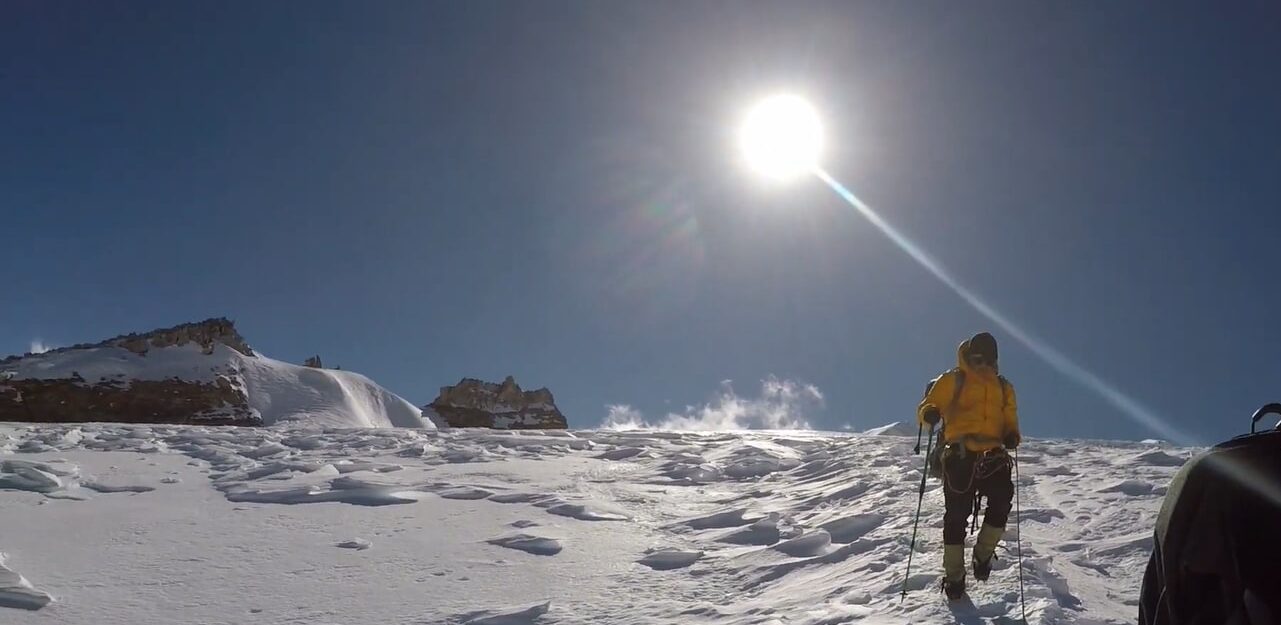
Mera Peak Climbing, and Where is it located?
Nepal is a paradise for trekkers and mountaineers. With its rugged mountains and stunning landscapes, Nepal is the ideal destination for those looking for adventure. Among the many trekking peaks in Nepal, Mera Peak stands out as the highest trekking peak in the country. Located in the Everest region, Mera Peak is an ideal choice for those looking for a challenging climb without having to deal with the crowds and expense of climbing Everest.
In this blog post, we will provide you with a comprehensive guide on Mera Peak climbing, covering everything from the best time to climb to the necessary climbing gear, and tips for summit day. We hope that by the end of this post, you will have all the information you need to plan and execute a successful Mera Peak climb.
About Mera Peak
Mera Peak is located in the Hinku Valley, in the Everest region of Nepal. The peak stands at an elevation of 6,476 meters (21,247 feet) and offers stunning views of the surrounding mountains, including Cho Oyu, Everest, Lhotse, Makalu, and Kanchenjunga. The peak is not technically difficult, and it is considered a trekking peak. However, climbing Mera Peak still requires a good level of fitness and acclimatization to high altitude.
When to Climb Mera Peak
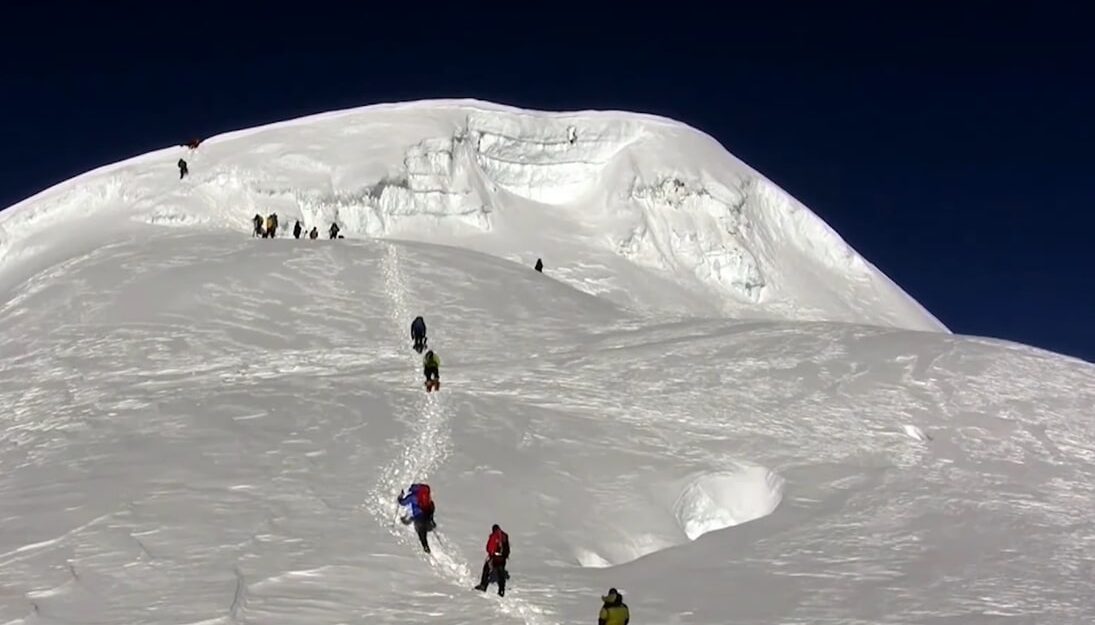
The spring (March to May) and fall (September to November) seasons are the ideal times to climb Mera Peak. During these seasons, the weather is stable, and the skies are clear, providing excellent views of the surrounding mountains. Similarly, climbing Mera Peak during the monsoon season (June to August) is not recommended, as the trails can be slippery and the views can be obstructed by clouds.
Climbing Gears for Mera Peak
Climbing Mera Peak requires a range of specialized gears to ensure your safety and comfort during the climb. Here are some of the essential climbing gear you will need:
- Climbing boots: High-quality climbing boots with sturdy soles and good ankle support are essential for the climb. Before beginning the climb, break in your footwear to prevent blisters and pain.
- Ice axe: An ice axe is essential for the climb, especially during the summit day when you will encounter steep snow and ice slopes.
- Crampons: Crampons are metal spikes that attach to your boots and provide traction on snow and ice. Make sure to get crampons that fit your boots properly.
- Harness and carabiners: A harness and carabiners are necessary for safety during the climb. Make sure to get a comfortable and adjustable harness.
- Helmet: A helmet is essential for protection against falling rocks and ice.
- Clothing: You will need warm and waterproof clothing, including a down jacket, waterproof pants, gloves, and a hat.
- Sunglasses and sunscreen: The high altitude and strong sun can cause eye and skin damage. Make sure to bring high-quality sunglasses and sunscreen with a high SPF.
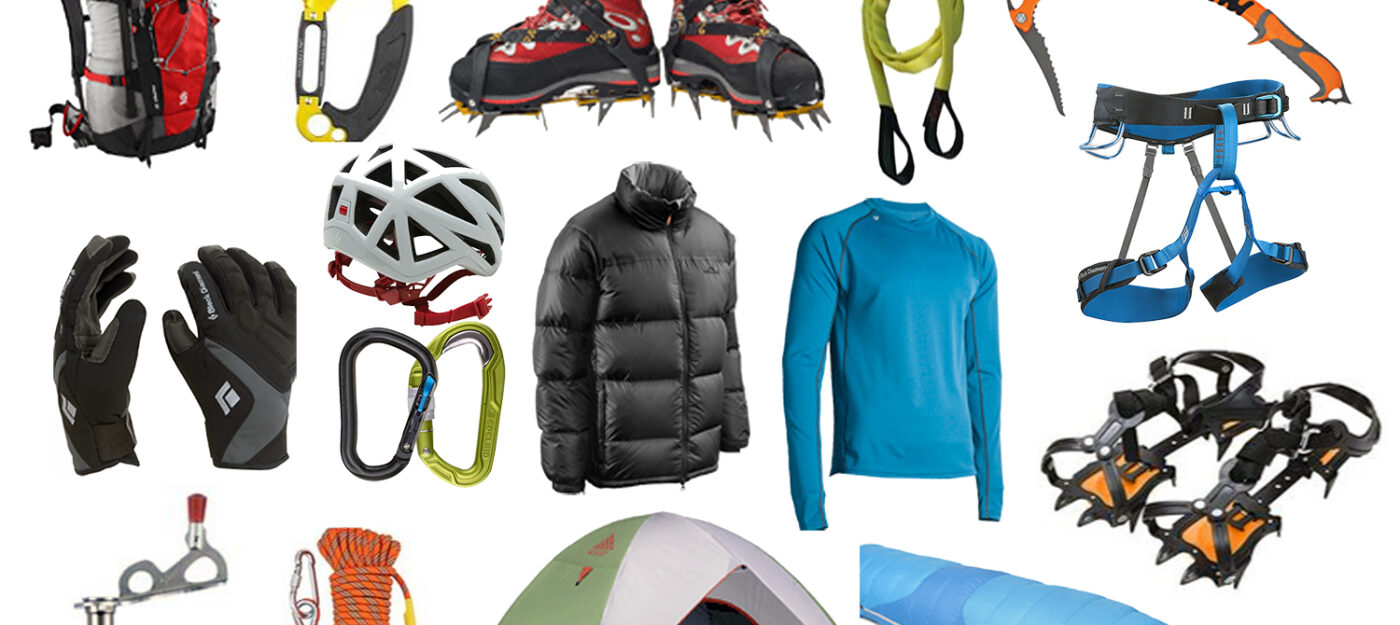
Acclimatization and High Altitude
Mera Peak climb involves trekking and climbing to high altitudes, which can be challenging for your body. Acclimatization is the process of adapting your body to a high altitude, and it is crucial for a successful climb. Here are some tips for acclimatization:
- Gradual ascent: Make sure to follow a gradual ascent, allowing your body to adjust to the altitude. Do not rush the climb, and take rest days as needed.
- Hydration: Drink plenty of water and fluids to prevent dehydration.
- Diet: Eat a balanced and nutritious diet, including high-carbohydrate and high-calorie foods, which provide the energy you need for the climb.
- Medication: Some climbers take medication, such as Diamox, to help with acclimatization. Consult with your doctor before taking any medication.
- Rest and sleep: Make sure to get enough rest and sleep during the climb, as the body needs time to recover and adapt to the altitude.
La Pass and Mera La
During the Mera Peak climb, you will encounter two high passes – La Pass and Mera La. La Pass is located at an altitude of 5,010 meters (16,438 feet), and it is the highest point of the trekking trail. The pass provides stunning views of the surrounding mountains, and it is a great spot for taking photos.
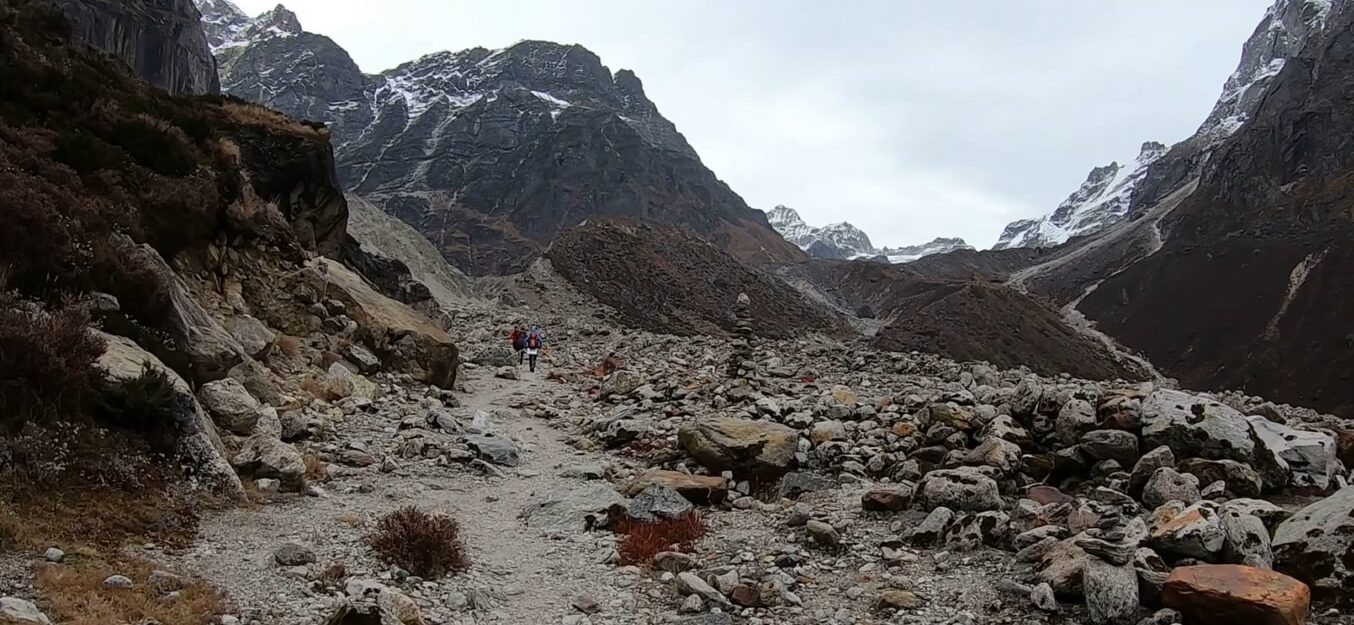
Mera La is located at an altitude of 5,300 meters (17,388 feet), and it is the base camp for the Mera Peak climb. The campsite provides stunning views of the Mera Peak summit and the surrounding mountains. The climb from Mera La to the summit is challenging, and it requires good acclimatization and climbing skills.
Travel Insurance
Travel insurance is essential for any trekking and climbing activity, including the Mera Peak climb. Make sure to get comprehensive travel insurance that covers medical emergencies, evacuation, and trip cancellation. Check with your insurance provider to ensure that your policy covers high-altitude activities and climbing.
Tea Houses and Accommodation
During the Mera Peak climb, you will stay in tea houses along the trail. Tea houses are basic lodges that provide accommodation and meals for trekkers and climbers. The tea houses are located in remote areas, and they offer basic facilities, including a bed, a shared bathroom, and a dining area.
Make sure to book your accommodation in advance, especially during the peak climbing season. Some tea houses offer more amenities, such as hot showers and electricity, but they may charge extra fees.
Summit Day
The summit day of the Mera Peak climb is the most challenging and rewarding part of the climb. You will start early in the morning, around 2-3 am, and climb up steep snow and ice slopes to reach the summit. The climb involves the use of fixed ropes and requires good climbing skills.
Additionally, the summit provides stunning views of the surrounding mountains, and it is a great achievement for any climber. Make sure to take enough water and snacks for the climb, and wear warm and waterproof clothing.
Other Trekking Peaks in Nepal
If you are looking for other trekking peaks in Nepal, there are several options to choose from. Island Peak, also known as Imja Tse, is located in the Everest region and offers a challenging climb with stunning views of the surrounding mountains. Lobuche Peak is another popular trekking peak in the Everest region, offering a challenging climb with a technical section.
What will you come across while climbing Mera Peak?
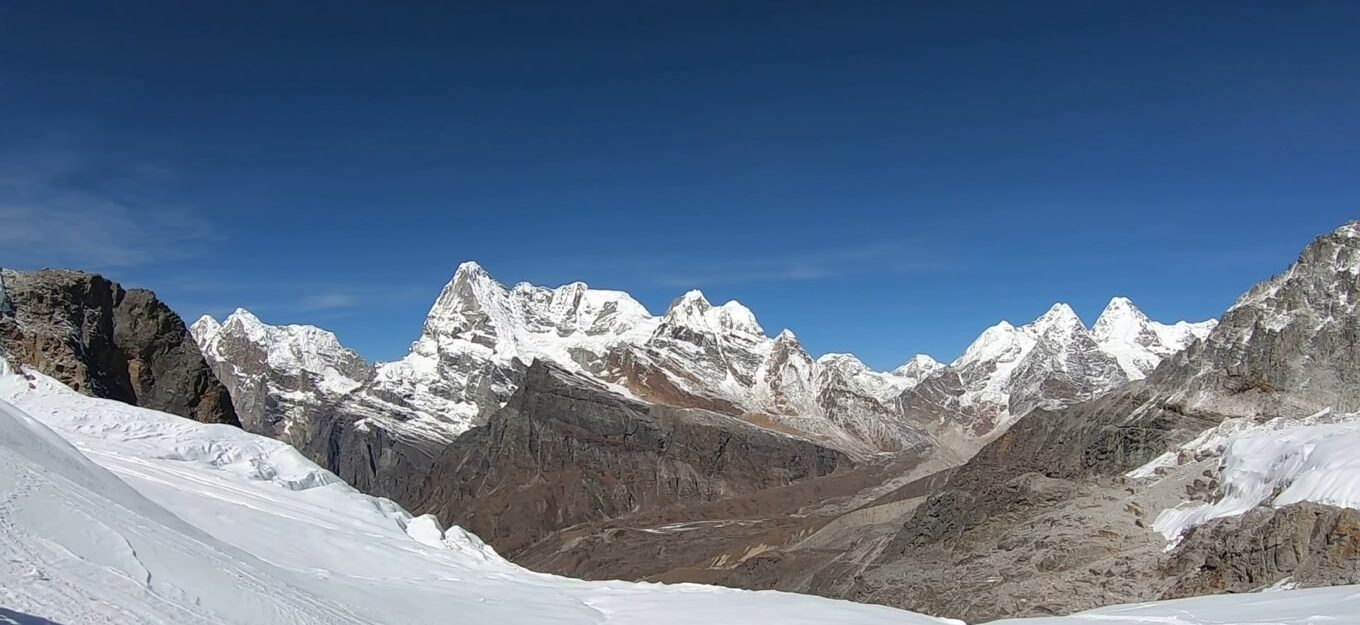
Here are some things you may come across during Mera Peak Trekking:
- Scenic mountain views of the Himalayas, including Mount Everest, Cho Oyu, and Makalu.
- Challenging high-altitude terrain, including steep ascents and glacier crossings.
- Local Sherpa culture and hospitality, including visits to traditional tea houses and monasteries.
- Beautiful natural landscapes, including forests, rivers, and alpine meadows.
- Wildlife sightings, such as Himalayan Tahr, musk deer, and snow leopards (rare).
- Opportunities for adventure activities, such as ice climbing and skiing.
- The remote Hinku Valley is an isolated and relatively untouched part of Nepal.
- The Mera La Pass is a high-altitude pass that connects the Hinku and Khumbu regions.
- Fixed rope sections, where climbers will need to use ropes and harnesses to safely navigate steep terrain.
- The summit of Mera Peak itself is the highest trekking peak in Nepal at 6,476 meters (21,246 feet) above sea level.
FAQs
Is climbing Mera Peak dangerous?
Climbing any peak can be dangerous, but with the right preparation and precautions, the risk can be minimized. Mera Peak climb requires good acclimatization and climbing skills, and climbers should be aware of the risks of high altitude sickness and other mountain hazards.
What kind of climbing gear do I need for the Mera Peak climb?
Mera Peak climb requires specialized climbing gear, including mountaineering boots, crampons, ice axes, harnesses, helmets, and ropes. Make sure to invest in high-quality gear and check that it is in good condition before the climb.
How long does the trek up Mera Peak take?
The Mera Peak climb usually takes around 15-18 days, including trekking to and from Lukla and acclimatization days. The climb itself takes around 4-5 days, depending on the weather conditions and the pace of the climbers.
Do I need to have the climbing experience to climb Mera Peak?
While previous climbing experience can be helpful, it is not required for the Mera Peak climb. However, climbers should have good physical fitness and endurance, as well as the ability to cope with high-altitude conditions.
Do I need a guide for the Mera Peak climb?
While it is possible to climb Mera Peak independently, it is recommended to hire a guide for safety and logistical reasons. A guide can provide valuable support and expertise, as well as help with navigation and communication with the locals.
Conclusion
Mera Peak climb is a challenging and rewarding experience that offers stunning views of the surrounding mountains. The climb requires good climbing skills, acclimatization to high altitudes, and specialized climbing gear. Make sure to plan and prepare for the climb in advance, and follow the tips and guidelines provided in this blog post.
Remember to take care of your health and safety during the climb, and enjoy the beautiful landscapes and culture of Nepal. With its rugged mountains and friendly people, Nepal is a destination that will leave you with unforgettable memories.
Inquiry
If you want to know anything regarding the trip or any other issue, please feel free to ask us
